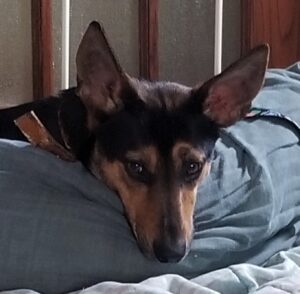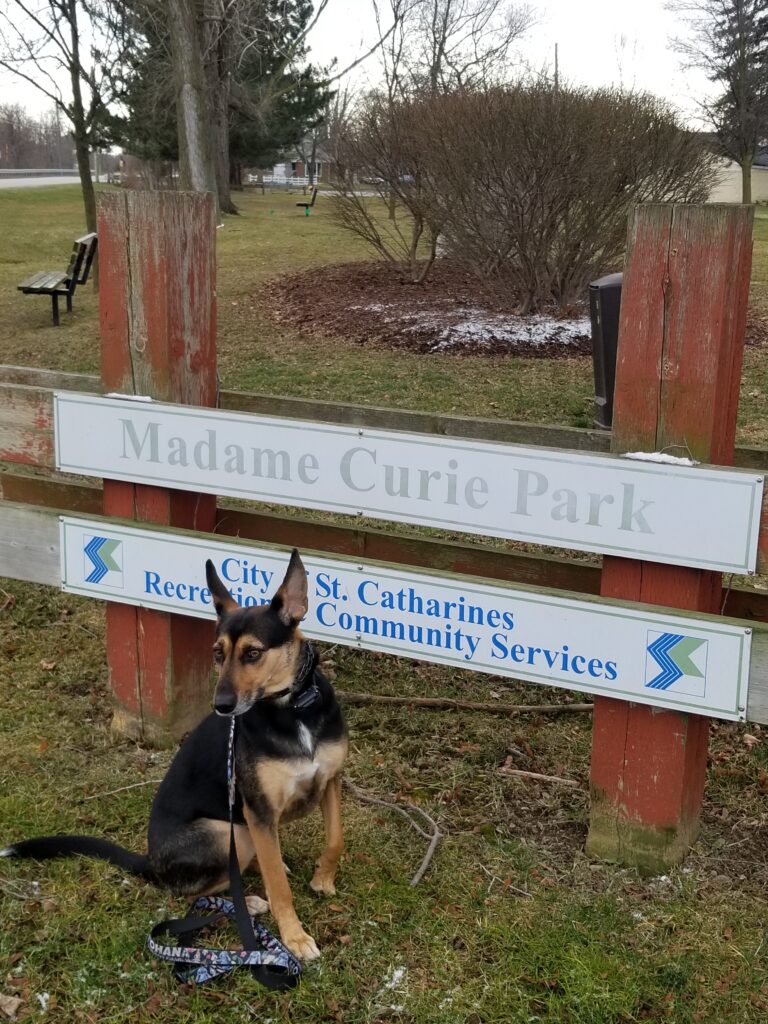I’ll Be Back Soon! – Separation Anxiety

Separation anxiety is like any fear; in order to get over it we must face it. Staying home and inside if the dog that doesn’t want you to leave is only going to add to the problem, you must start leaving them alone more often. Crates and Kong’s are the best two things to help you combat separation anxiety.
Getting your dog used to a crate while your home will help keep them safe when you leave. crates don’t just prevent destruction, they can keep your dog from getting into all the dangerous chemicals under the sink, chewing on electrical cords, etc. Using a crate while home will slowly build your dog’s confidence and independence; if your dog is not already crate trained or is uncomfortable with it, use it more often.
A dog that doesn’t like its crate should be going in 20 to 25 times a day plus a few flood training lessons. In order to build value in your crate, consider feeding your dog its meals inside the crate, and any special treats they might get, for example table scraps. Some examples of times you should crate your dog are checking the mail, going to the bathroom, doing laundry, showering, making and eating dinner, and sleeping. Each time you put them in their crate, even if it’s just a short time, they should have something to do. Put a Kong or a chew treat, like a piece of dehydrated sweet potato. Having something to chew on will help your dog cope with their anxiety better.
Don’t let your dog out of the crate while they are kicking up a fuss or they will learn all they have to do to get out, is make noise. If you need to create the opportunity, tap lightly on the top of the crate or, using a spray bottle, shoot a stream of water in to distract the dog from their barking. Then you can praise and open the door even if it’s only a second, sometimes that’s all you need.
In addition to putting your dog in the crate for times when they shouldn’t go with you, set out to specific times a day to teach your dog the “crate” command. When you set up to do this drill, have lots of small low calorie treats, or even their kibble. Start with the dog on the outside of the crate, say the word that directs them into the crate, and then throw your treats into the crate to encourage them into it. Do not force your dog into a crate, they must choose to go in. If you force a dog that is already afraid of the crate, it will only make things worse. Once your dog’s in the crate, close the door and make it rain treats. The door being closed should be higher value than it being open. Once they eat up all of the treats, open up the door, allow them out, then repeat. Practice this 5 to 6 times twice a day. Your dog will start to be more comfortable in the crate than out of it; you will find them wandering in all on their own.
Now you’re ready to leave them in the crate when you leave the house. Don’t forget to leave a toy! On your first time leaving them alone in their crate, don’t go for hours on end, start with going to the end of the driveway and back, then just try to the corner store and home again. Don’t expect your dog to do an hour the first time, you must move slowly when handling anxiety and fears.

This park was really just one of those patches of grass that is too small for the city to build anything on but we had fun anyway. And I would actually recommend it as an out of the way for a picnic place either for people in this area that don’t want to drive or someone that has spent the day along the canal and don’t want any passer-bys checking out what’s for lunch.



